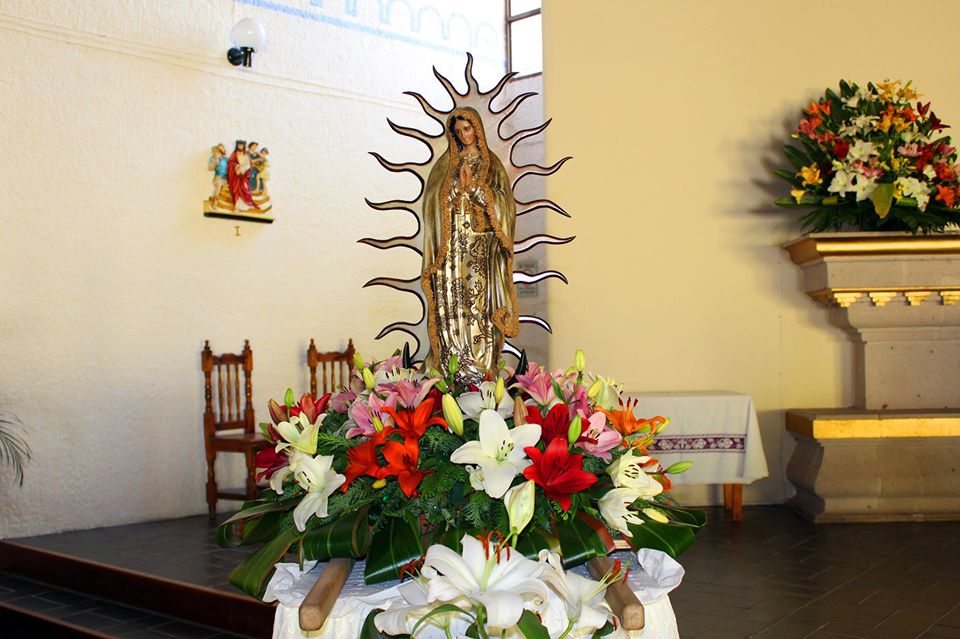Immerse yourself in the rich history of Ajijic, a picturesque village nestled on the shores of Lake Chapala, and discover the fascinating legend of the Sayacos. This pre-Hispanic tradition, passed down through generations, remains a cultural cornerstone today.

Mystical Origins and Different Versions
The origins of the Sayacos are shrouded in mystery, with multiple versions of the legend intertwining into a tapestry of intrigue. One version tells the story of twins born with a peculiar condition: they salivated constantly, earning them the Nahuatl name “xayacatl” (mask or face that produces water).
These twins, along with their sister Tzicanzi (“observer of nature”), grew up in a magical environment, surrounded by shamans and rituals. Tzicanzi, known for her beauty and wisdom, became a healer, leaving an indelible mark on the community.

Ancestral Rituals and Offerings to Nature
The Sayacos played a crucial role in pre-Hispanic rituals, leading dances and ceremonies. Their connection to nature was profound, and they offered toasted corn and marigold flowers to ensure good harvests and protect the village from hail.

The Arrival of the Spanish and the Evolution of the Tradition
With the arrival of the Spanish, the Sayacos tradition transformed. They adopted elements of Spanish culture, using their masks to mock the conquistadors and the new customs. The Sayacas, with their flamboyant attire and playful flirtations, became symbols of rebellion and defiance.

The Sayacos Today: A Carnival of Color and Joy
Today, the Sayacos are an integral part of the Ajijic carnival, celebrated in honor of Saint Sebastian. The streets are filled with music, dance, and extravagant costumes, as the Sayacos and Sayacas continue their legacy of satire and celebration.

Preserving History and Culture
The Sayacos tradition is a testament to the resilience and creativity of the Ajijic community. Through the centuries, they have kept this ancient custom alive, adapting it to changing times and ensuring that future generations can enjoy this vibrant cultural manifestation.





